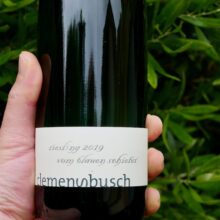
Product information
Clemens Busch Riesling Vom Blauen Schiefer 2019
$100
Description
“The 2019er Riesling vom blauen Schiefer, as it is referred to on the main part of the label, comes from early pickings in the blue-slate sector (Fahrlay) of the Pündericher Marienburg. It offers a gorgeously floral and subtle bouquet quickly joined by mirabelle, vineyard peach, herbs, passion fruit, and smoke. The wine is gorgeously animating on the precise and zest-infused palate and leaves a feel of orchard fruits and herbal elements in the beautifully tart finish. The after-taste is all about flowers, minerals, and fresh orchard fruits. This is a gorgeous dry Riesling in the making!”
Jean Fisch & David Rayer, Mosel Fine Wines
Only 1 left in stock
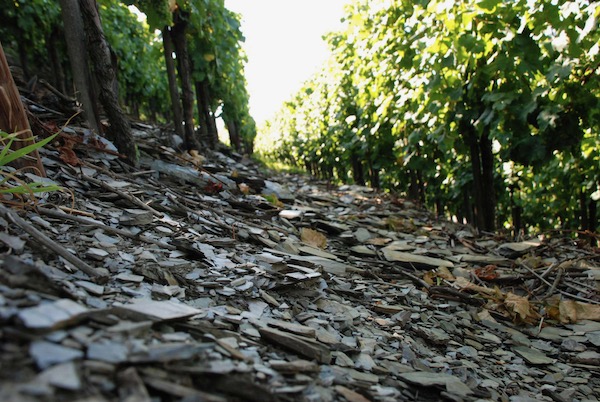
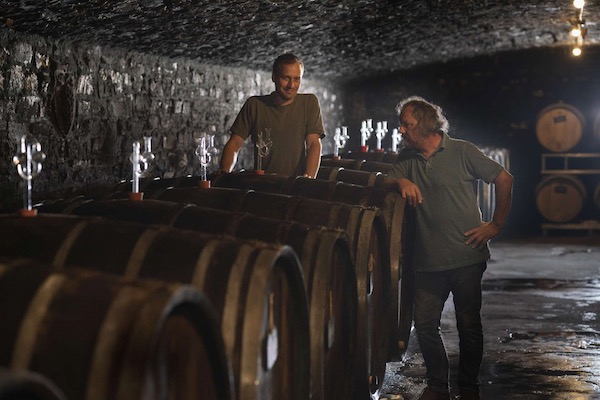
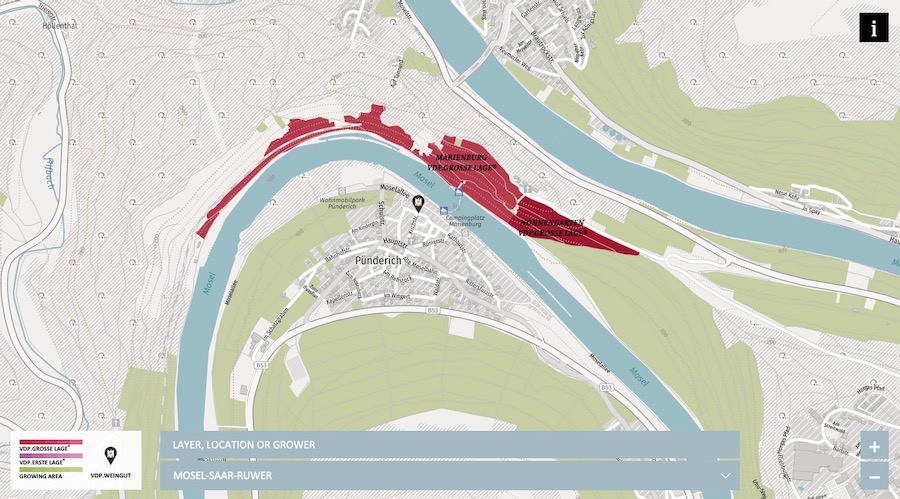

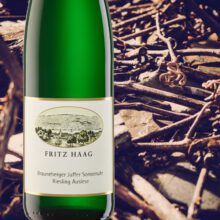
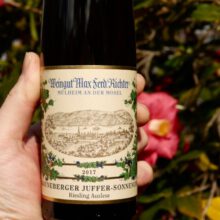
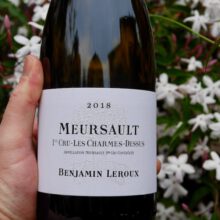
You must be logged in to post a comment.